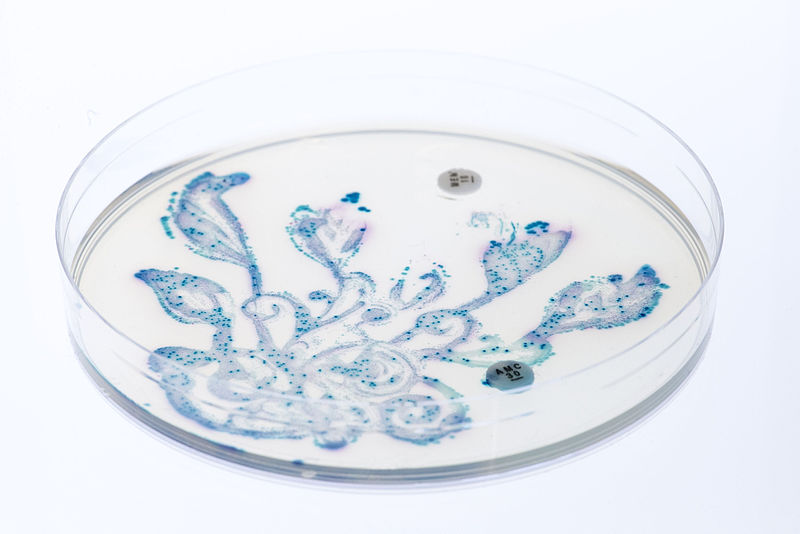Inhabiting the concept of holobiont: thinking through visual imagery
Visiting scholar Joana Formosinho (University of Copenhagen) invites us to re-draw the boundaries of the biological self.
Info about event
Time
Location
Online

On 23 June visiting PhD Joana Formosinho will present some of her work to CEH. Her talk will be followed by a Q&A session. All are welcome to attend, but please register in advance.
Abstract
I begin this talk by arguing that the holobiont is a concept of perceptual value for society, beyond controversies of its usage within scientific discourse. It invites us to encounter anew the human body in its constitutive relations. The holobiont is often defined as the functional unit comprised of a host macro-organism plus micro-organisms living on or inside the host (the microbiota). Its multi-genomic composition is highly dynamic: it varies from individual to individual, and changes throughout the lifespan of an individual according to factors such as age, food ingestion, social relations and physical surroundings. As a term, the holobiont invites re-drawing of the boundaries of biological self, and re-imagining of the relational pathways between human and non-human; body and environment.
In this talk, I review visual imagery associated with the holobiont within scientific and popular science discourse, and identify recurring patterns. I hypothesize that these patterns may indicate perceptual challenges: challenges of rendering knowledge habitable by the imagination. There has been attention lately on the role of cross-disciplinary collaboration in addressing translational challenges posed by the complexity sciences. Notably, Latour and Lenton’s work on the critical zones, which emphasizes that the climate crisis is a crisis of the imagination, of the capacity to inhabit scientific knowledge. Latour and Weibel (2020) argue that enlightenment cosmology of the Earth as a body made up of separate constituent parts that can de ‘added up’ to a coherent whole are no longer adequate—a “new metric” is needed. I argue that this ‘cosmological problem’ extends to the human body, and can be examined through microbiome research and the concept of holobiont. Attention to imagery arising within the field of discourse can help us understand some of the challenges inherent in re-conceptualising the human in and through its constitutive relations with microbes—with implications for health and sustainability.
Register in advance to attend the seminar >
Speaker biography
An interdisciplinary PhD fellow at the University of Copenhagen’s Medical Museion and Department of Public Health, Joana researches how the rise to prominence of microbes within biology and biomedicine—as agents in human health, as co-evolving partners in the making of bodies—is disrupting established notions of biological individuality. She is interested in the role of worldview and language in the production of knowledge within biology, and has recently written on the role of the Western hero narrative vis a vis biological origin stories. Joana has a background in biology and has studied the entanglements between place and the behaviour of organisms from within the natural sciences: baboons in the semi-desert, cows on industrial farms. She has worked as a researcher in the UK animal welfare NGO sector and co-created a small initiative called Wildful, facilitating attentional experiences in public parks. She has an enthusiasm for scholarship that embraces the interconnected theoretical, societal, educational, and public health challenges of an ecologically-embedded human.
You can read more about Joana's research at CEH here >
